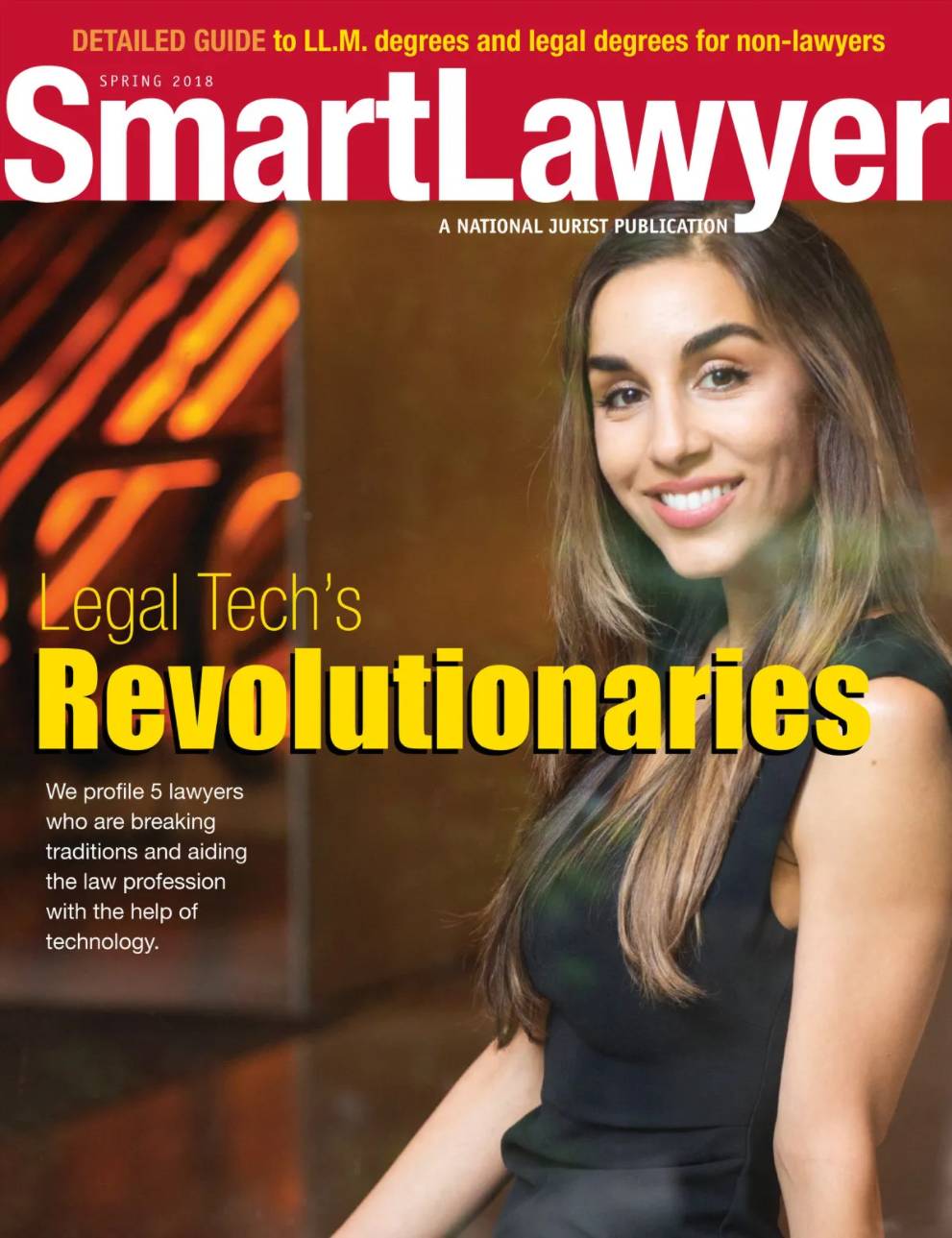Nicole Bradick, founder and CEO of Theory and Principle, isn’t new to legal tech. In fact, some consider her a veteran legal tech entrepreneur.
After leaving the practice of law, Bradick went on to found Custom Counsel, which offered assistance to attorneys, law firm support staff and corporate legal departments. More recently, Bradick was a partner and chief strategy officer of CuroLegal, a legal development firm with a broad focus on innovation. At CuroLegal, Bradick led the product development team, which designed products like Hate Crime Help, Veterans Legal Checkup and LawHUB.
We recently had the opportunity to ask Bradick for her take on legal tech and its place in the practice of law.
1. What is Theory and Principle, and why did you start it?
Theory and Principle is a software design and development firm focused exclusively on the legal industry. Our mission is to make legal technology better. As an industry, our principle focus to date has been on the function of our software and not the design of it. So, my company provides end-to-end product design and development services, and we also consult with legal organizations that have existing apps on improving their user experience and design.
3. How should lawyers assess the utility and value of a new tech product, either one they are building or one they plan to use?
First, I’d always suggest that lawyers begin by looking at what’s available off the shelf. Make sure you can get a trial period of the software and be sure to use it (and watch others in your firm use it) as you would after you’ve purchased it. You want to know that it feels intuitive with a little learning, otherwise you and your team will frustrated by it and give up.
Using technology to expand your client base, increase efficiency and reach underserved communities
Dorna Moini, Founder of HelpSelf Legal
Matthew Stubenberg, Founder of MD Expungement
Tyler Roberts is an editor for SmartLawyer. You can follow him on Twitter at @wtylerroberts.






